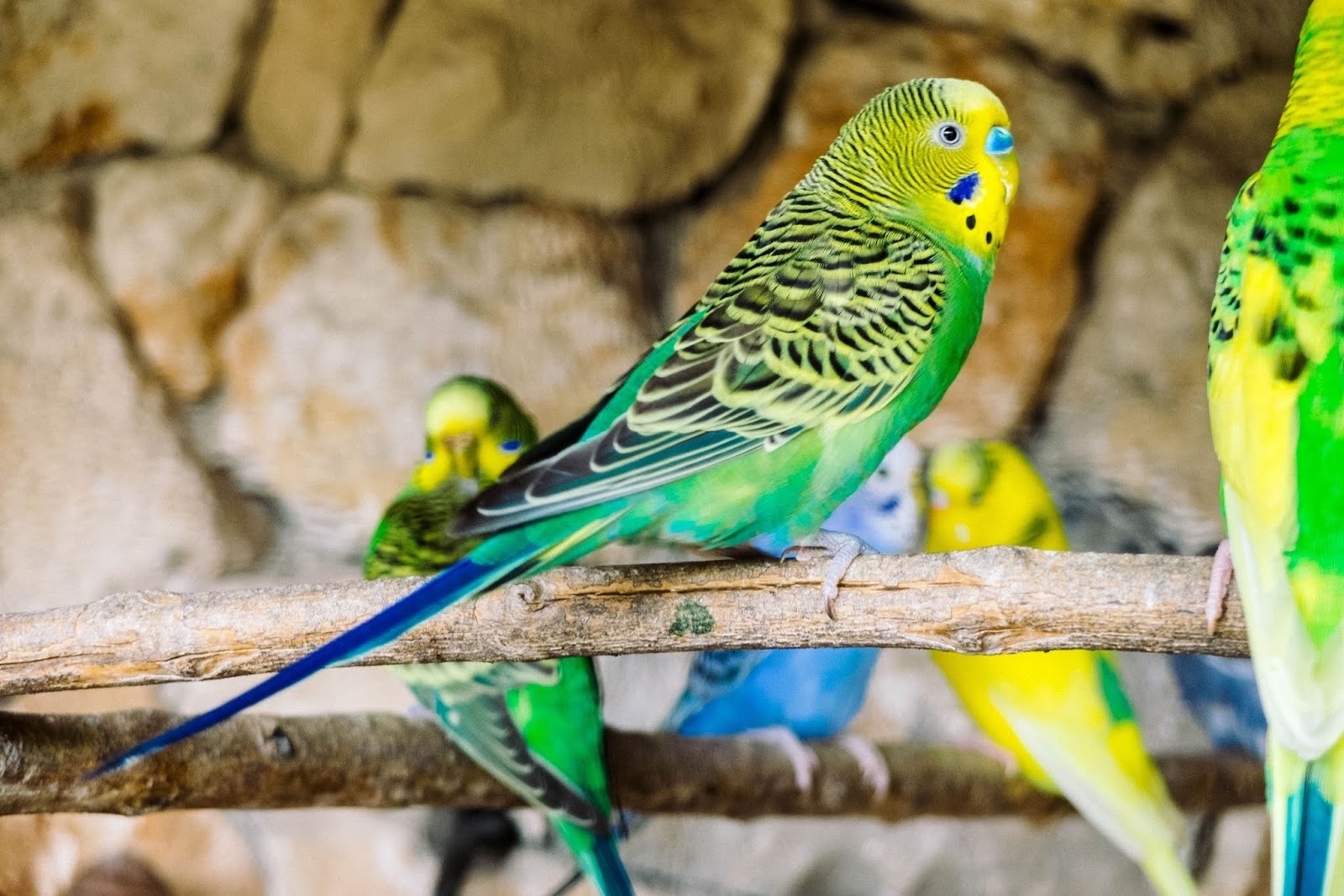How to Determine the Gender of Your Beloved Cockatiel, Cockatiels are a beloved choice for pet bird enthusiasts, and it’s no wonder why. These avian companions captivate us with their exquisite beauty, gentle and affectionate personalities, and their innate charm and intelligence.
However, if you’re an owner of one of these delightful creatures, you may find yourself pondering a not-so-simple question: Is my cockatiel male or female? While some bird species make gender identification a breeze, determining the gender of a cockatiel can be a bit of a puzzle, especially when color mutations are thrown into the mix. In this article, we’ll explore various methods to unveil the mystery of your cockatiel’s gender, shedding light on both physical characteristics and behavioral cues.

How to Determine the Gender of Your Beloved Cockatiel
When Can You Distinguish Gender?
Typically, the moment of clarity arrives when your cockatiel reaches the age of 6-9 months. This is when young cockatiels experience their first molt, a transformative process that eventually unveils their adult plumage. Interestingly, this period of transition often brings along behavioral changes that can serve as valuable gender indicators. While there are telltale behaviors that may hint at gender in chicks, it’s usually prudent to wait until they reach full maturity, displaying their adult plumage and associated behaviors.
Cracking the Color Code
For the more commonly colored cockatiels—those sporting shades of gray, fallow, silver, whiteface, or cinnamon—coloration provides a vital clue to gender in adult birds:
Male Cockatiels:
- These charismatic males proudly flaunt a solid-yellow face adorned with vibrant orange cheek patches.
- Following their inaugural molt, males shed the white or yellow bars on their tail feathers and the spots beneath their wing feathers.
- As for whiteface male cockatiels, their visage is pure white, exuding an aura of elegance.
Female Cockatiels:
- Females, on the other hand, predominantly exhibit hues of tan or gray, complemented by subtle hints of yellow and less vivid orange cheek patches.
- Post-molt, females retain the yellow and gray bars on their tail feathers and the spots beneath their wing feathers.
- Female whiteface cockatiels share a commonality with their male counterparts in possessing a pristine white face.
However, when it comes to cockatiels displaying color mutations, the plot thickens, making behavioral cues an invaluable resource:
- Lutino: Female lutinos may display faint barring on their tails, though a pied lutino might lack such barring, necessitating alternative gender identification methods.
- Pearl: Females retain pearled markings, whereas males shed them. A pied pearl male may retain some of these distinctive pearl markings.
- Albino: Also referred to as Whiteface Lutinos, albinos are uniformly pure white, rendering gender determination through color impossible.
- Yellowface: Yellowface cockatiels share a similar appearance with gray cockatiels, albeit sans orange cheek patches. Males don a yellow countenance, lose tail and wing barring, while females maintain gray faces and their characteristic barring.
If you’re intrigued by the kaleidoscope of color mutations and cockatiel varieties, consider delving into “The Ultimate Guide to Cockatiels.”
Behavioral Clues
When the palette of color isn’t the key to unraveling the gender mystery, observing behavioral nuances becomes paramount:
Vocalization:
- Male cockatiels are the vocal virtuosos, often commencing their serenades at around six months of age. They can mimic sounds and tend to be the louder of the two genders.
- While females may not belt out arias as frequently, they occasionally grace us with their softer, more melodic tunes.
Mating Dances:
- Males take center stage in the mating dance, exhibiting elaborate courtship rituals that include strutting, puffing up their chests, singing, and even attempting to woo inanimate objects or toys. They’re particularly enamored with their own reflections, turning a mirror into an endless source of fascination.
- In contrast, females eschew these ostentatious displays, opting for more subtle cues like wing drooping and emitting gentle cooing sounds.

Parting Thoughts
In the world of cockatiels, gender identification can range from being relatively straightforward to presenting a puzzling challenge, often requiring a DNA test for confirmation. However, unless your goal is to breed these charming birds, the knowledge of their gender isn’t of paramount importance. What truly matters is nurturing a strong bond and providing impeccable care for your beloved pet, regardless of whether it’s a male or female. The love and joy they bring into your life remain constants, unburdened by the complexities of gender.
Gender of Your Beloved Cockatiel
Author Profile

- Hello, I'm an American writer named Isabella. I love writing about birds and pets, and I have a deep passion for beautiful birds. I am currently studying veterinary medicine, and I am 21 years old, hailing from Texas.
Latest entries
 lutino alexandrineMarch 5, 2024The Lutino Cockatiel: A Yellow Gem in the Avian World
lutino alexandrineMarch 5, 2024The Lutino Cockatiel: A Yellow Gem in the Avian World UncategorizedDecember 28, 2023How to know the age of a parrot
UncategorizedDecember 28, 2023How to know the age of a parrot UncategorizedOctober 30, 2023The Parrot Gender Paradox: What You Need to Know Before Choosing a Bird
UncategorizedOctober 30, 2023The Parrot Gender Paradox: What You Need to Know Before Choosing a Bird UncategorizedOctober 30, 2023The problems that parrots face in captivity
UncategorizedOctober 30, 2023The problems that parrots face in captivity




